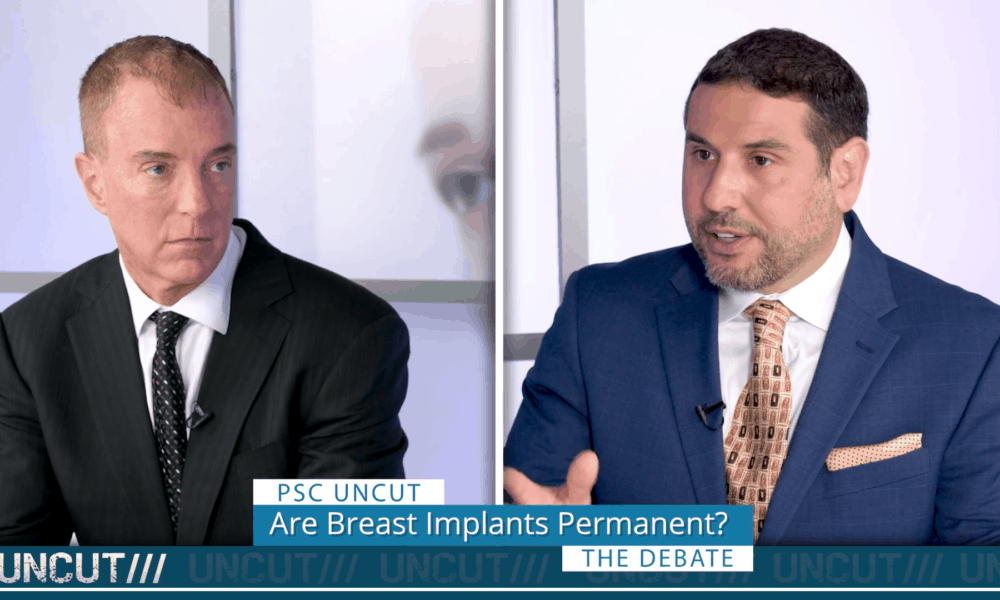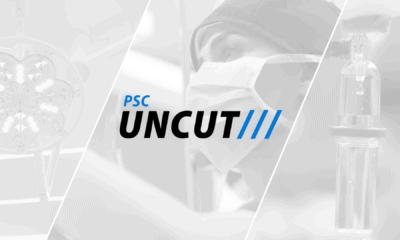
One of the first questions that many breast augmentation patients ask during their initial consultation is whether or not they will need to replace their implants in 10 years. Unfortunately, t’s a question without a definitive answer. The silicone gel breast implants of today are the most studied medical device in the world. They are safe, sturdy and reliable. Depending on your age when you get your implants, they can definitely last longer than a decade.
That said, every patient is different and every unique patient will endure a unique life that may affect the implants. Some patients do experience complications that require a breast implant exchange, whether that’s because of a complication, 30 years of aging of the chest, or an ultra rare implant rupture. Furthermore, aesthetic tastes and bodies can change radically between the early 20’s and 40’s, causing a desire to alter the breast augmentation.
Board certified plastic surgeons Dr. Richard Restifo of Orange, CT and Dr. Adam Hamawy of Princeton, NJ discuss the longevity of breast implants and why it is so important that they be checked annually.
Are Breast Implants Permanent?
No medical device, whether it’s a hip replacement or a breast implant, is permanent. The “replace every 10 year” rule really came about as an average marker for how long these devices would last before experiencing problems. For breast implants, both saline and silicone, this could include:
- capsular contracture
- malposition of the implant either towards the armpit or beneath the inframammary fold
- implant rupture or leak
Rupture rates are actually higher with saline implants than silicone. That said, the advantage with saline is that you know the implant has a leak as it deflates.

As the most studied medical device in history, silicone gel breast implants today are both safe and reliable. Patients need to realize this doesn’t mean that you don’t need to have your implants checked annually. Most plastic surgeons offer a yearly follow up visit as part of the procedure. The problem is that many women don’t take advantage of this because they aren’t experiencing any issues. “You have to check them,” explains Dr. Hamawy. It’s the best way for you and your surgeon to stay on top of the health of your implants. It’s also a way for you both to monitor whether the “look” of your implants still fits your aesthetic.
Saline Breast Implants Are Underrated
Breast augmentation surgery remains the most popular aesthetic surgical procedure in the world. Many of these implants are originally placed in patients in their early 20’s who still have a 60+ year life expectancy. “It’s not reasonable to expect that implant to last the rest of that woman’s life,” says Dr. Restifo. Even if the patient’s aesthetic tastes stay the same, no device will last forever. And no plastic surgeon can honestly predict how long your implants will last.
“What’s nice about a saline implant, and I think that it’s an underrated implant, is that as long as the implant looks like it looked yesterday, you keep going,” shares Restifo. “You don’t have to do anything until it deflates.” If you have a silicone implant, however, you have to worry about surveillance of the implant because if it does rupture or leak, there is no immediate indication. This is why he agrees with Dr. Hamawy on the importance of an annual exam.
Breast Implant Exchange is Individual
‘How long will my implant last?’ is one of the most common questions that Dr. Hamawy and his colleagues get asked during an initial breast augmentation consultation. Patients want to know if they are going to have to exchange their breast implants in 10 years. He tells them that he doesn’t know! It really depends on the individual and their lifestyle variables, such as:
- pregnancy
- breast feeding
- weight gain/loss
- hormonal changes
- menopause
These can all break down the skin and tissues of the breast which may cause the implant to move out of position and/or change the shape of your body so that your old implants no longer fit your current aesthetic. Every breast will eventually fall, so many patients who had a breast augmentation in their 20s may be opting for a new augmentation that includes a breast lift in their 40s and 50s.
No Expiration Date on Implants
“There is not expiration date on implants,” explains Dr. Restifo. You replace them when they need to be replaced. If your implant deflates or is causing a problem, or you don’t like the way it looks, then you will need a breast implant exchange. “You have to keep an eye on them,” explains Dr. Hamawy. If there is any change in the look or feel of your implant, such as swelling, pain, redness, or hardening, it’s crucial to see your plastic surgeon as soon as possible.

Dr. Hamawy worries about his younger patients who are happy with the way their implants look because they don’t always follow up annually, and then a problem can arise. He stresses to his patients that even if they don’t follow up with him, it is paramount that they get examined once a year by a physician, such as a gynecologist or primary care physician. “Nothing is really changed by the presence of the implants,” says Dr. Restifo. You still need to monitor for breast cancer so do your monthly self exam, get a yearly mammogram if you are of age and see your plastic surgeon annually. Taking care of the health of your breast implants is the best way to ensure that they last well past that decade mark.








Facebook
Twitter
Instagram
YouTube
RSS